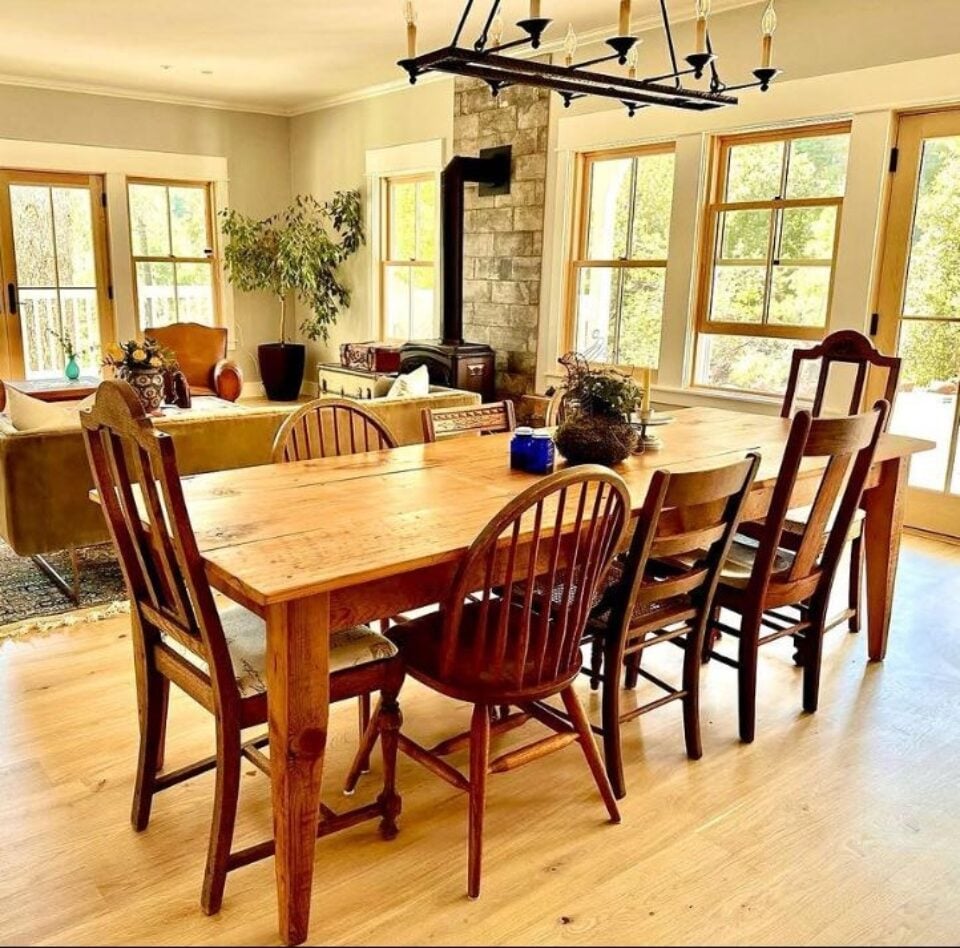An In-depth Appearance at Table Leg Styles: Locating the Perfect Match
Selecting the ideal eating table leg design is important for both aesthetic charm and functional performance. Traditional 4 legs offer timeless sophistication and stability, while the stand base gives increased legroom and a modern-day look. For those with bigger tables, trestle legs guarantee sturdy support, whereas barrette legs introduce a mid-century contemporary ambiance with their minimalist design. The x-shaped legs mix modern style with improved stability. Each of these options brings special advantages, making the choice greater than simply an issue of choice. Explore additionally to find which style perfectly enhances your eating room and way of living.
Typical 4 Legs
Amongst the numerous kinds of dining table leg styles, the standard four-leg design remains a timeless selection for several families. 4 legs offer well balanced assistance, guaranteeing the table continues to be steady and capable of birthing considerable weight (dining room table legs).
From a visual viewpoint, the conventional four-leg style can be easily adapted to different indoor designs. Whether crafted from timber, steel, or a mix of materials, these legs can be intricately carved, smooth and minimalistic, or anything in between. Their adaptability enables them to complement both rustic and modern settings flawlessly.
Additionally, the straightforward framework of the four-leg style helps with convenience of motion and positioning within an area. Unlike even more complicated bases, this design minimizes blockages, offering ample legroom for restaurants. In recap, the conventional four-leg table leg style weds withstanding style with sensible functionality, making it a sharp option for those looking for both kind and feature in their eating furnishings.
Pedestal Base
Typically celebrated for its elegant and space-efficient design, the pedestal base is a recognized option to the conventional four-leg configuration in eating table leg designs. This unique base usually features a solitary main column sustaining the table top, which can vary in form, from ornately carved timber to streamlined, contemporary metal. One of the main benefits of the pedestal base is its capacity to make best use of legroom and seating adaptability. Without corner legs, diners are afforded higher liberty of movement, making it an excellent option for round and oblong tables that promote more intimate and inclusive celebrations.
The central column itself offers a canvas for detailed styles and creative expressions, adding an element of visual rate of interest beneath the table. In summary, the stand base integrates capability with design, making it a fine-tuned and functional alternative for varied dining atmospheres.
Trestle Legs
Trestle legs supply a robust and ageless structure for dining tables, identified by their straight cross-bracing and sturdy support light beams. Originating from middle ages times, moved here this design has actually developed yet kept its essential structure, making it a seasonal favorite in both standard and contemporary setups. The central trestle beam of light, typically supported by 2 or even more upright blog posts, offers extraordinary security, enabling bigger table sizes without the requirement for added legs.
A substantial benefit of trestle leg tables is the adequate legroom they provide. Unlike tables with 4 corner legs, the absence of blockages at the table's edges provides unimpeded space for chairs and restaurants, boosting comfort and ease of access. This makes trestle tables excellent for fitting bigger gatherings, whether in an eating room or a banquet hall.
The aesthetic flexibility of trestle legs is significant. Offered in a variety of materials such as wood, metal, and composite, they can be completed i was reading this to enhance a wide variety of indoor styles. From rustic farmhouse to streamlined contemporary layouts, trestle legs can be personalized to suit individual preferences. Their enduring charm and functional advantages make trestle legs an engaging choice for those looking for both design and functionality in their table.
Barrette Legs

The charm of hairpin legs hinges on their simpleness and convenience - dining room table legs. Readily available in an array of products, consisting of my sources steel and brass, they can be completed in countless shades to match various indoor designs. Whether coupled with a rustic wood tabletop or a contemporary glass surface, hairpin legs effortlessly mix performance with a touch of vintage charm
Toughness is one more notable feature of hairpin legs. Despite their delicate appearance, these legs are engineered to bear significant weight, making sure the table remains steady and secure. Additionally, they are reasonably very easy to mount, making them a preferred option for DIY enthusiasts and professional furnishings makers alike.
X-Shaped Legs

Constructed from products such as steel, wood, or a mix of both, X-shaped legs can be tailored to match different layout choices. Steel legs typically lend a sleek and industrial feeling, ideal for loft-style apartment or condos and modern dining areas. On the various other hand, wood X-shaped legs use a warmer, extra rustic allure, suitable for farmhouse or eclectic interiors. The convenience in products permits homeowners to personalize their table to much better fit their overall style plan.
In addition, the design behind X-shaped legs makes certain also weight circulation, reducing the risk of wobbling and improving durability. This makes them specifically fit for larger eating tables that call for additional support. Fundamentally, X-shaped legs mix sensible design with modern-day looks, making them a classic selection for varied eating atmospheres.
Conclusion
A comprehensive understanding of dining table leg designs exposes the unique attributes and advantages of each style. Trestle legs make certain durable assistance for bigger tables, and barrette legs introduce a mid-century contemporary visual.